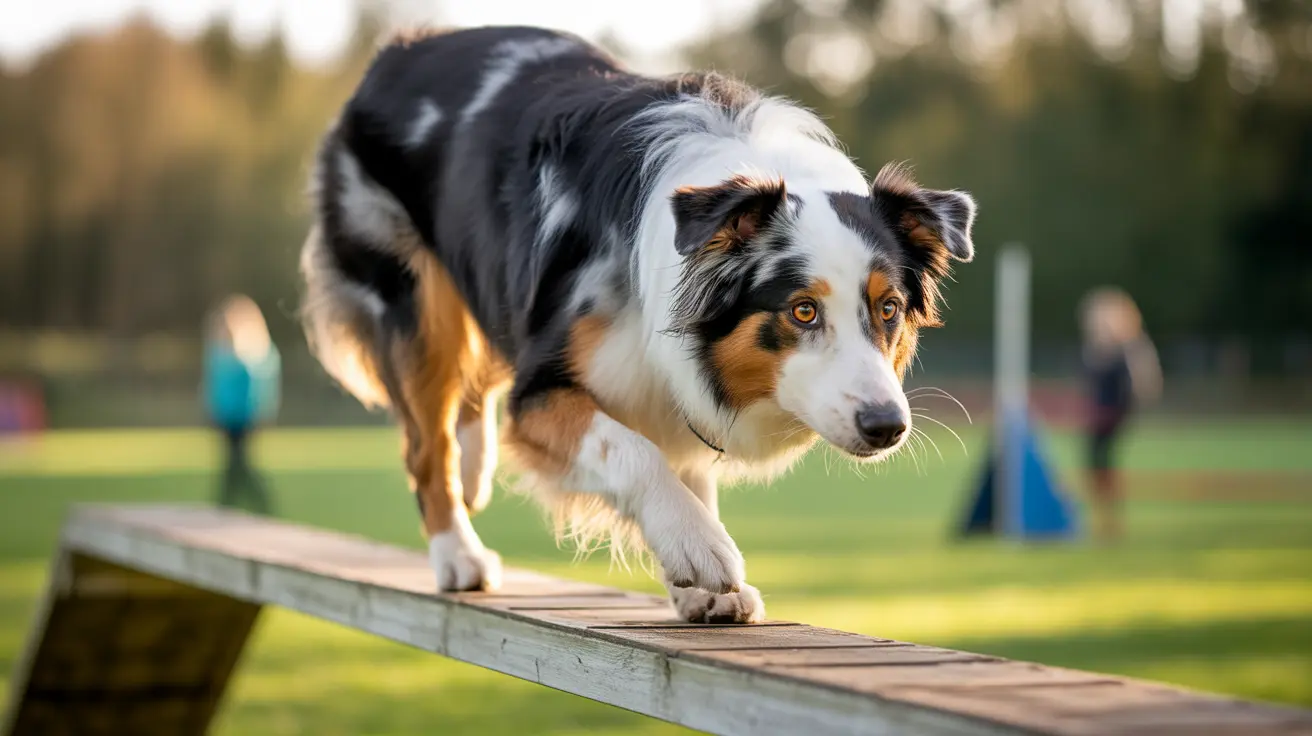Recognizing When a Dog Is Nearing the End of Life
As cherished members of the family, dogs offer loyalty, companionship, and joy throughout their lives. However, as they age, understanding and noticing the signs that a dog may be nearing the end of life becomes crucial for responsible pet ownership. Aging is a gradual process, and recognizing these symptoms can help ensure comfort, dignity, and the appropriate level of veterinary care for our furry friends.
Typical Age for a Senior Dog
The age at which a dog is considered a senior depends largely on its breed and size:
- Small breeds: 7–10 years old
- Medium breeds: Around 7 years
- Large and giant breeds: As early as 5–6 years
While some changes may be subtle, others reflect more substantial decline, signaling the dog’s final life stage.
Outward Physical Changes
- Graying or whitening of the coat, particularly the face
- Thinning fur
- Cloudy eyes or signs of vision impairment
- Hearing loss, such as less response to verbal cues
- Dull coat and dry skin
Some dogs may also develop treatable conditions like cataracts, but permanent loss of senses can occur.
Behavioral Symptoms and Changes
- Increased irritability or withdrawal
- Lack of interest in play or interaction
- Changes in sleep patterns – excessive daytime sleeping and nighttime restlessness
- Confusion or disorientation in familiar environments
These signs often reflect early stages of canine cognitive dysfunction, also known as dog dementia. Other signs include anxiety, excessive vocalization, and forgetting commands.
Mobility and Joint Issues
Reduced mobility is one of the most recognizable signs of aging:
- Stiffness and limping
- Reluctance to walk, climb stairs, or jump
- Visible discomfort or slow pace during movement
Arthritis and joint pain are common in older dogs. Providing ramps, orthopedic beds, and non-slip mats can ease daily activity. Gentle activities such as short walks or swimming can support joint function.
Fluctuations in Weight
- Weight gain: Often due to reduced activity and slowing metabolism
- Weight loss: May result from loss of muscle mass or underlying illnesses
Unexplained weight changes warrant veterinary evaluation, as they may indicate serious medical conditions.
Dental and Oral Health Decline
- Tooth loss
- Bad breath
- Oral infections and gum disease
Dental hygiene becomes increasingly important. Regular cleanings and daily brushing using dog-safe toothpaste can ease oral discomfort and prevent infections.
Digestive and Elimination Issues
- Vomiting, diarrhea, or constipation
- Loss of appetite
- Incontinence or difficulty urinating/defecating
Digestive sensitivity increases with age. New lumps or bumps can also appear and should always be examined by a vet.
Symptoms Requiring Immediate Veterinary Care
- Sudden appetite loss
- Rapid or unexplained weight loss
- Abdominal bloating
- Bleeding gums
- Difficulty breathing
- Frequent vomiting or diarrhea
- Seizures
Veterinary evaluations—at least biannually for senior dogs—are essential to monitor and treat age-related disorders early.
Quality of Life Considerations
Monitoring your dog’s comfort and happiness can help guide decisions regarding end-of-life care. Consider the following:
- Appetite and hydration levels
- Ability to move without distress
- Enjoyment of social interaction
- Normal sleep and wake patterns
- Absence of chronic pain
If multiple functions are diminished, discussing options with a veterinarian—such as palliative care or euthanasia—becomes a compassionate step.
Supporting Your Dog in Their Final Days
To ease the aging process:
- Offer a comfortable, quiet resting place
- Stick to a consistent routine
- Celebrate simple pleasures like gentle petting or comforting treats
- Provide medications as prescribed
Every dog’s journey is unique. By staying informed and attentive, owners can make their pet’s final stage of life as peaceful and dignified as possible.





